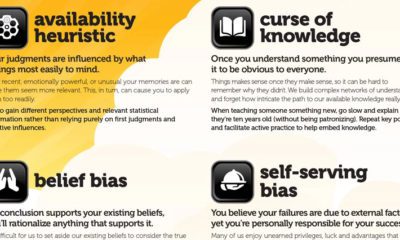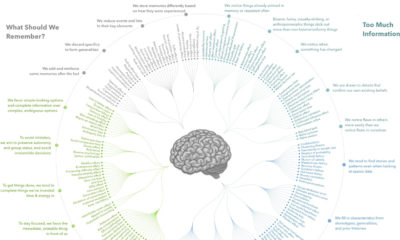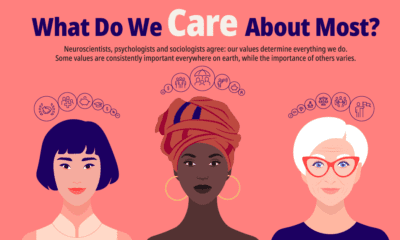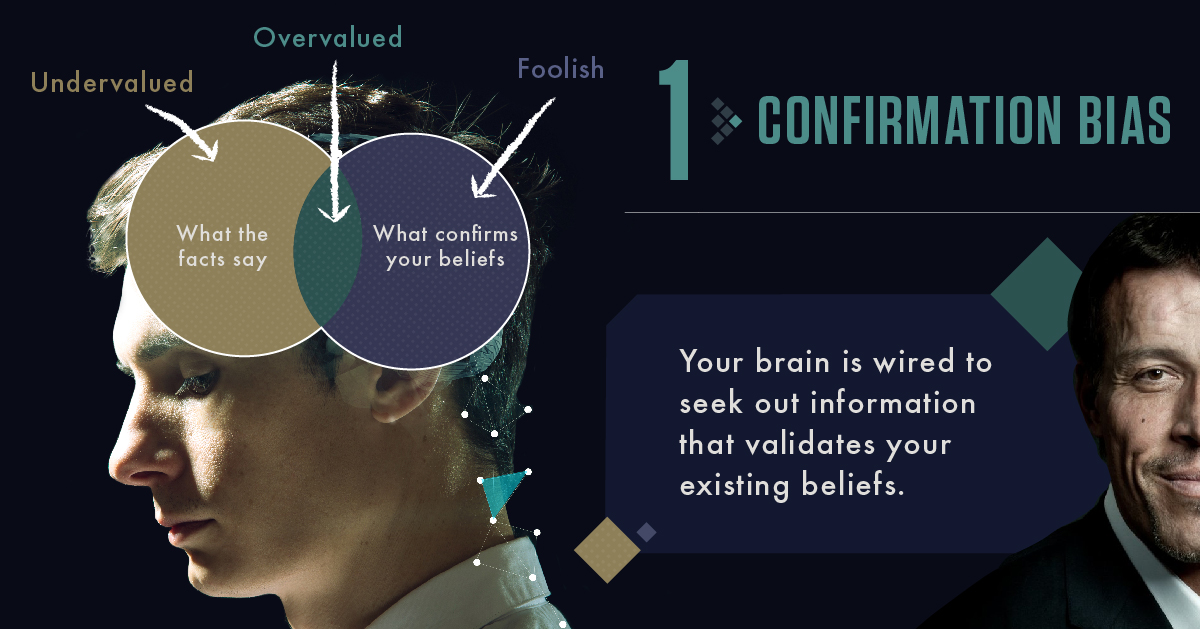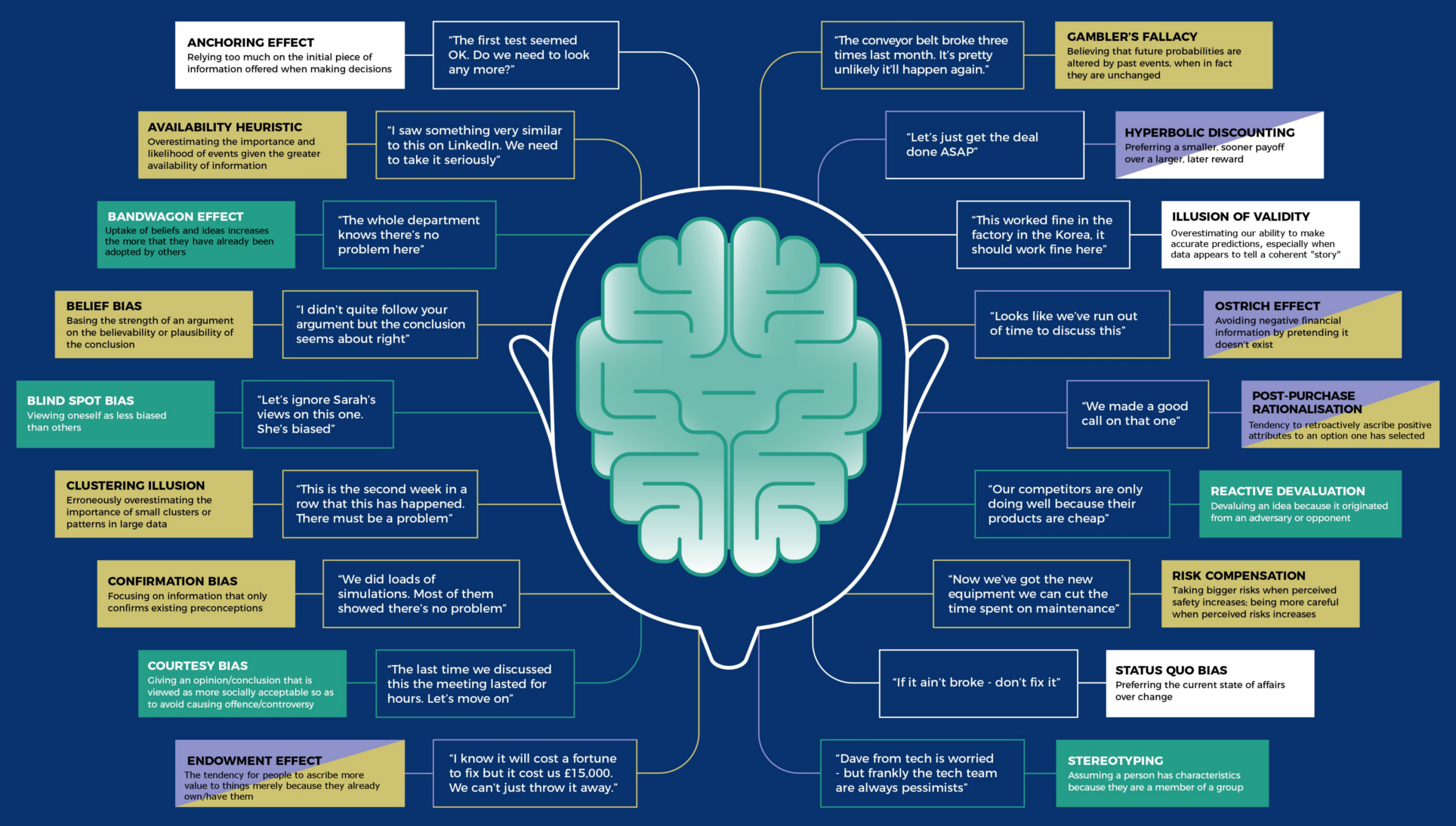The fact is that 68% of customers leave because they feel brands do not care about them, and the cost of these lost customers can add up fast. It’s estimated that acquiring new customers is 500% more expensive than keeping old ones. How can brands get customers to keep coming back, to avoid the problem of high churn?
The Science Behind Customer Loyalty
One way of looking at customer loyalty is to think about the underlying behavioral psychology. Today’s infographic is from West, and it outlines some of psychological principles surrounding customer loyalty, and how they can be applied to help retain existing customers.
Retaining customers is vital to success, but achieving a low churn rate is never an easy task. After all, customers can be fickle, and brands already invest millions each year to make sure they can handle extremely high volumes of customer interactions. How can brands lower their churn, while making the most out of their customer interactions?
Five Ways to Build Customer Loyalty
Here are some tried and true methods that help build customer loyalty, and why:
- Deliver unexpected rewards Unexpected rewards produce a huge rush of dopamine to the brain. By rewarding customers when they least expect it, brands can really make an impression.
- Start and end strong People tend to have cognitive biases towards the first and last things they experience. By making sure the customer experience is strong at both of these touch points, odds can be improved that they will come back.
- Create a social identity Social identity theory shows that when people feel a part of an established in-group, they are more likely to stay loyal to that group. Brands can help by creating or nurturing these channels, allowing customers to develop bonds with each other, as well as the company.
- Let customers share rewards People are frequently motivated by helping others, so giving customers the opportunity to share benefits or rewards can create a new facet to the customer relationship.
- Show customers you share their values Studies show that customers rate shared values as a key reason behind their relationships with brands. Make sure you communicate brand values loud and clear.
on Even while political regimes across these countries have changed over time, they’ve largely followed a few different types of governance. Today, every country can ultimately be classified into just nine broad forms of government systems. This map by Truman Du uses information from Wikipedia to map the government systems that rule the world today.
Countries By Type of Government
It’s important to note that this map charts government systems according to each country’s legal framework. Many countries have constitutions stating their de jure or legally recognized system of government, but their de facto or realized form of governance may be quite different. Here is a list of the stated government system of UN member states and observers as of January 2023: Let’s take a closer look at some of these systems.
Monarchies
Brought back into the spotlight after the death of Queen Elizabeth II of England in September 2022, this form of government has a single ruler. They carry titles from king and queen to sultan or emperor, and their government systems can be further divided into three modern types: constitutional, semi-constitutional, and absolute. A constitutional monarchy sees the monarch act as head of state within the parameters of a constitution, giving them little to no real power. For example, King Charles III is the head of 15 Commonwealth nations including Canada and Australia. However, each has their own head of government. On the other hand, a semi-constitutional monarchy lets the monarch or ruling royal family retain substantial political powers, as is the case in Jordan and Morocco. However, their monarchs still rule the country according to a democratic constitution and in concert with other institutions. Finally, an absolute monarchy is most like the monarchies of old, where the ruler has full power over governance, with modern examples including Saudi Arabia and Vatican City.
Republics
Unlike monarchies, the people hold the power in a republic government system, directly electing representatives to form government. Again, there are multiple types of modern republic governments: presidential, semi-presidential, and parliamentary. The presidential republic could be considered a direct progression from monarchies. This system has a strong and independent chief executive with extensive powers when it comes to domestic affairs and foreign policy. An example of this is the United States, where the President is both the head of state and the head of government. In a semi-presidential republic, the president is the head of state and has some executive powers that are independent of the legislature. However, the prime minister (or chancellor or equivalent title) is the head of government, responsible to the legislature along with the cabinet. Russia is a classic example of this type of government. The last type of republic system is parliamentary. In this system, the president is a figurehead, while the head of government holds real power and is validated by and accountable to the parliament. This type of system can be seen in Germany, Italy, and India and is akin to constitutional monarchies. It’s also important to point out that some parliamentary republic systems operate slightly differently. For example in South Africa, the president is both the head of state and government, but is elected directly by the legislature. This leaves them (and their ministries) potentially subject to parliamentary confidence.
One-Party State
Many of the systems above involve multiple political parties vying to rule and govern their respective countries. In a one-party state, also called a single-party state or single-party system, only one political party has the right to form government. All other political parties are either outlawed or only allowed limited participation in elections. In this system, a country’s head of state and head of government can be executive or ceremonial but political power is constitutionally linked to a single political movement. China is the most well-known example of this government system, with the General Secretary of the Communist Party of China ruling as the de facto leader since 1989.
Provisional
The final form of government is a provisional government formed as an interim or transitional government. In this system, an emergency governmental body is created to manage political transitions after the collapse of a government, or when a new state is formed. Often these evolve into fully constitutionalized systems, but sometimes they hold power for longer than expected. Some examples of countries that are considered provisional include Libya, Burkina Faso, and Chad.

